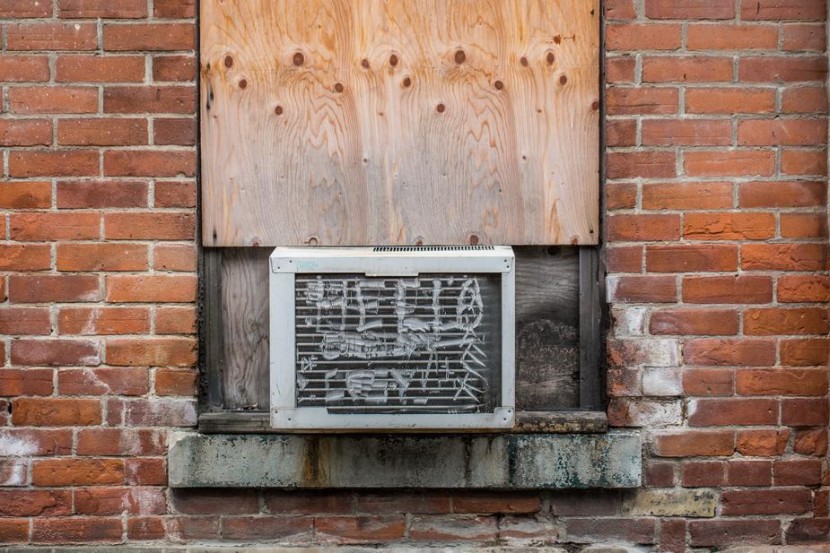
In Southern China, the study of 10 coronavirus cases from three families who had dinner at the same restaurant suggested that air conditioning aided droplet transmission between them.
According to the report of the research, strong airflow from the air conditioner could have propagated droplets between three tables based on the infections in the city of Guangzhou in late January. It concluded that droplet transmission alone could not explain the infections.
According to the report of the research led by Jianyun Lu of the Guangzhou Centre for Disease Control and Prevention, restaurants should improve ventilation and increase the space between tables to reduce the risk of infection.
The research is disclosed in an early release article for the July edition of Emerging Infectious Diseases, an open-access and peer-reviewed journal published by the Centre for Disease Control and Prevention of the United States.
Family clusters of infections have aided the spread of a pandemic in which the total cases around the world are approaching 2 million and the death toll has passed 120,000.
The first patient of the 10 cases studied in Guangzhou had returned from Wuhan, where the first case of coronavirus was reported in December.
The person had lunch with three family members the next day at a windowless air-conditioned restaurant.
The report said, two other families who sat at neighboring tables, with about one meter between and an overlap in dining time of about an hour.
The first patient had a fever and cough later that day and visited a hospital. Within two-week time, four other members of their family, three of the second family and two of the third family had been infected by the coronavirus.
According to the investigation, the first patient was the only known exposure for the second and third families.
The report concluded that from the examination of the potential routes of transmission, droplet transmission was the most likely cause of the outbreak. And added that droplet transmission was prompted by air-conditioned ventilation in this outbreak.
Based on the report, 73 other customers who dined on the same floor were identified to have close contact with the first patient but were found to have no symptoms of COVID-19 during the 14-day quarantine and provided negative throat swab samples. None of the working staff of the restaurant were found to be infected.
The report said that six smear samples from the air conditioner's outlet and inlet all tested nucleotide negative.
As reported, the finding is less consistent with the aerosol transmission. However, aerosols tend to follow airflow and the lower concentrations of it at greater distances might be insufficient to cause infection in some parts of the restaurant. The report recommended to improve the ventilation and increase the distance between tables to prevent the spread of the virus in restaurants.
Guangzhou team stated that there are limitations in the research because an experimental study simulating the airborne transmission route was not conducted, nor they have performed antibody studies of asymptomatic family members, swab sample-negative, and other diners to estimate the risk of infection from them.
Related article: 'Hive-Like' Skin Rashes May Be a New Sign of COVID-19








